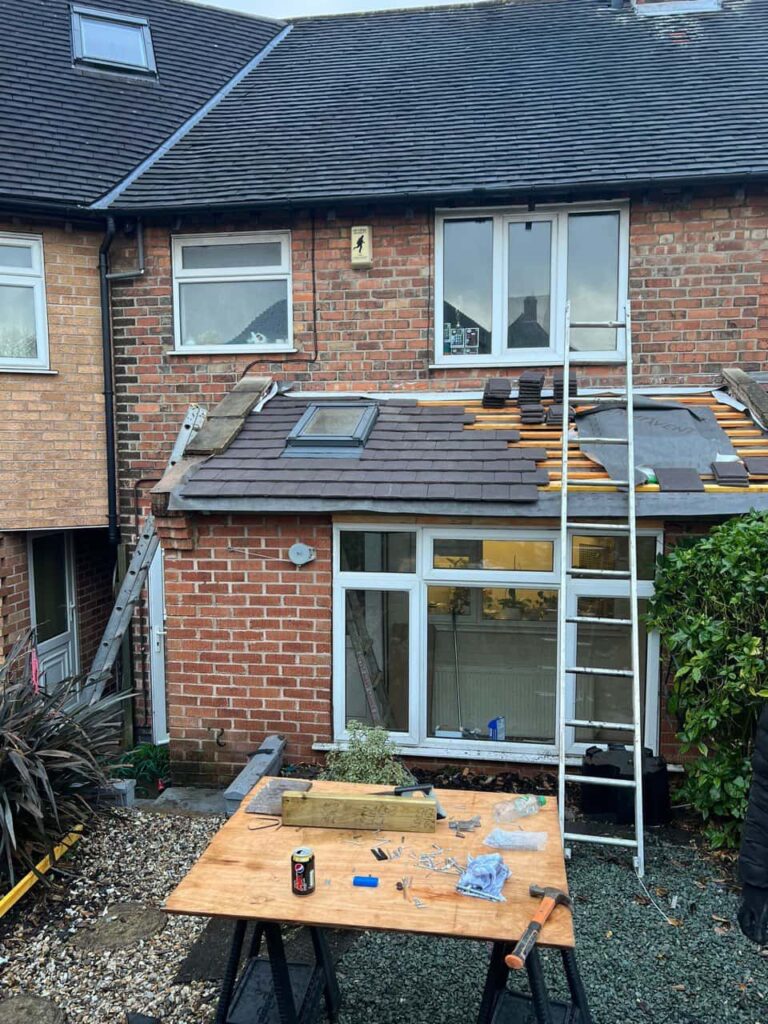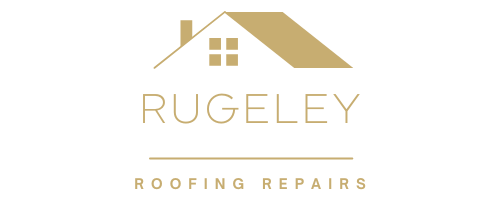Introduction: At Rugeley Roofing Repairs, we know that a well-maintained roof is crucial for the protection and longevity of your home. One common issue that can threaten the integrity of your roof is tree damage. Overhanging branches and fallen trees can cause significant problems, from minor scratches to major structural damage. In this blog post, we’ll explore how tree damage can impact your roof, how to address it promptly, and steps to prevent future issues.
Understanding Tree Damage to Your Roof
Trees can pose various risks to your roof, depending on their size, location, and the health of their branches. Here’s how tree damage can occur:
1. Falling Branches
High winds can cause branches to break off and fall onto your roof during storms. This can lead to:
- Shingle Damage: Impact from falling branches can crack or dislodge roof shingles, exposing your roof to water ingress.
- Denting: Larger branches can cause dents or deformations in metal roofing panels.
- Structural Damage: In severe cases, falling branches can cause structural damage to the roof deck or underlying supports.
2. Overhanging Branches
Branches that overhang your roof can cause damage over time:
- Scratching: Constant rubbing from branches can scratch and wear down shingles, leading to leaks.
- Debris Accumulation: Overhanging branches can drop leaves, twigs, and other debris onto your roof, clogging gutters and contributing to moisture build-up.
3. Tree Growth
Trees that are too close to your house can cause issues as they grow:
- Root Damage: Tree roots can penetrate and damage roof supports or foundations.
- Leaf Build-Up: Fallen leaves from nearby trees can accumulate on your roof and in gutters, leading to potential water damage.
Immediate Steps to Take
If you notice tree damage or potential risks, here are immediate steps to take:
1. Inspect the Damage
- Visual Inspection: Check your roof for visible signs of damage, such as broken or missing shingles, dents, or structural issues. Use binoculars for a safer inspection, especially if your roof is steep or high.
- Check Inside: Look for signs of water damage inside your home, such as stained ceilings or walls, which may indicate roof leaks caused by tree damage.
2. Clear Debris
- Remove Debris: If it’s safe, remove leaves, twigs, and other debris from your roof and gutters. This can help prevent further issues and make it easier to assess the damage.
3. Temporary Repairs
- Cover Leaks: If you find any leaks, cover them with a tarp or plastic sheeting to prevent water from entering your home until a professional can make permanent repairs.
- Secure Loose Materials: If shingles or other roofing materials are loose, secure them temporarily to prevent them from being blown away by the wind.
4. Contact a Professional
- Professional Inspection: Contact a roofing professional to inspect the damage thoroughly. They can assess the extent of the damage and recommend the best course of action for repairs.
Long-Term Solutions
To address and prevent tree damage effectively, consider these long-term solutions:
1. Tree Maintenance
- Prune Overhanging Branches: Regularly prune branches that overhang your roof to reduce the risk of damage. A professional tree surgeon can safely trim branches without harming the tree.
- Remove Dangerous Trees: If a tree is too close to your home or is in poor health, consider having it removed. A professional arborist can assess the tree’s condition and recommend removal if necessary.
2. Regular Roof Inspections
- Schedule Inspections: Have a professional inspect your roof regularly, especially if you have nearby trees. Regular inspections can help identify and address potential issues before they become serious problems.
3. Gutter Maintenance
- Clean Gutters: Keep your gutters clean and free of debris. This will help prevent water build-up and reduce the risk of roof damage from clogged gutters.
4. Roofing Materials
- Consider Durable Materials: When repairing or replacing your roof, consider using durable materials less susceptible to tree debris damage, such as impact-resistant shingles or metal roofing.
Conclusion: Tree damage can significantly threaten your roof, leading to various issues ranging from minor leaks to major structural damage. By understanding the potential risks, taking immediate action, and implementing long-term solutions, you can protect your roof and home from the effects of tree damage. At Rugeley Roofing Repairs, we provide expert roofing services and solutions to keep your home safe and secure.
Call us on: 01889 227 295
Click here to find out more about Rugeley Roofing Repairs
Click here to complete our contact form and see how we can help you with your roofing needs.

